When you look at any head of hair there are visible differences. Each person has different colors, textures, and hair density. This goes beyond just having straight, wavy, or curly hair. It includes several subcategories to define different types of curly hair.
Knowing what type of curly hair you are working with will help you make better product choices and styling decisions. One head of hair will most likely have more than one type of curl. This is part of the fun of curly hair!
Something to know about hair is it can change over time! Hair can develop curls or have curls relax from hormone changes. This can happen to both men and women and is actually quite common. There can also be changes to hair density and hair strand types. Knowing what categories hair can fall into is important so that you can know how to best take care of those curls and know what to watch for as they change over time.
Girl Loves Curl Lesson 1: Curly Hair Types Video
If you want to watch this lesson, you can watch the video to go along with the lesson. While there is going to be some overlap in what is said in the video and what is shared in the written lesson, I recommend both watching and reading to get the most out of the lesson!
Types of Curly Hair
Different Types of Curls
Curly hair can be categorized by numbers and corresponding letters. Type 2 curls are wavy, type 3 curls are curly, and type 4 curls are coily. The letters indicate the type of wave, curl, or coil the hair has. While the wavy category can go from a slight bend in the hair to almost a ringlet, the coily category can include really tight ringlets or more of a zigzag pattern. The curl types go like this:
-
- 2a 2b 2c (wavy)
- 3a 3b 3c (curly)
- 4a 4b 4c (coily)
Wavy Hair
My and my youngest daughters’ hair is pretty similar. Our curls are a combination between a 2c and a 3a. Hers might be more in the 3a and 3b realm but mine has relaxed a bit more over time. Knowing my hair sits between wavy and curly helps me to know that I might need more products that will encourage curls to happen and create a bit more uniform look.
Curly Hair
My oldest daughter mostly has 3b curls. But she has different spots that would fit basically all three within the 3 (curly) category. For her hair, we focus mostly on giving those curls moisture and keeping down the frizz. They don’t necessarily need to be encouraged to be curlier like the wavy categories do.
Coily Hair
The 4 category curls are considered coily. Coily hair is so curly that it has different curl patterns than the traditional ringlet. While some can be very tight ringlets, they can also be more of a zig-zag pattern. Coily hair has the most texture to it and these curl types typically need the most moisture. They also tend to need products that can control a curl more. Curl types in this range don’t necessarily need to be encouraged to curl more, they just need to be controlled a bit in order to style them the way you want.
I don’t claim to be an expert in coily hair. While there are a lot of universal care for all curly hair types, there are a lot of specific needs that coily hair has. If after this course, you still feel like you need guidance for the coily hair in your life, I have some great resources for you! Something I am forever grateful for is the fact that so much of what we know about curly hair care can be brought back to Black women who developed products specifically for curly and coily hair. While not everyone with coily hair is Black, I feel it would be unfair to move forward with the course without recognizing and acknowledging their impact. Again, once you learn more about basic curly hair care from Girl Loves Curl, I will have some great resources to help you with coily hair care and styling.
Different Types of Hair Density
Hair density is the amount of hair growing on your head. It is calculated by the amount of hair growing in a square inch. The easiest way to tell how dense your hair is is by checking the dimension of your ponytail.
Curly hair can be tricky because it takes up more volume than straight hair does. It looks thicker, but that doesn’t necessarily mean that it is actually thick. This can be a good thing because it can give the illusion of thick hair. But it is it very important to know what the hair density is that you are working with in order to know which types of hair products will work best.
Hair density can be categorized into three basic categories.
- Thin
- Medium
- Thick
Hair density determines the amount of product that should be used in the hair. Thin hair needs the least amount of product and thick hair needs the most. Knowing what hair density you are working with will help you be able to make the smartest choice for what types of products you use and how much of it to use!
Hair Strand Types
As if hair didn’t already have enough categories, another way to categorize your hair is by strand type. This is based on the diameter of the individual hair strands. Each person will have multiple strand types on their head, but there are typically more of one type than the others on an individual head.
Different strand types fall into three basic categories as well:
- Fine
- Medium
- Coarse
To find which strand type you have, look at an individual hair (It is best if you can take a piece that has fallen out). If you can barely see the individual strand, it is considered to be fine. If the strand of hair looks thick and has a bit of texture to it, it is considered coarse. Hair strands that fall between those categories are considered medium. It isn’t an exact calculation, but it is good to have a general idea of what you are working with!
Hair strand type is where my hair and my youngest daughters differ the most. While we have similar curl patterns, she still has pretty fine hair from it growing from “baby hair” to more grown up hair strands. My hair would be in the medium category, and even a few coarse hairs mixed in there.
Hair Type Categories
While learning about curl types, hair density, and strand types might not be the most exciting subject, it is crucial to know where the curly hair you are working with falls in these categories. Knowing where the hair falls can give you a foundation to make the best choices for the hair you are working with.
Now it is your turn to be a bit of a hair detective. Check out heads of hair in your own home to determine the curl type, hair density, and strand type. Share them with us!
Thank you for joining us in Girl Loves Curl! We will see you for Lesson 2, where we will be discussing hair washing!

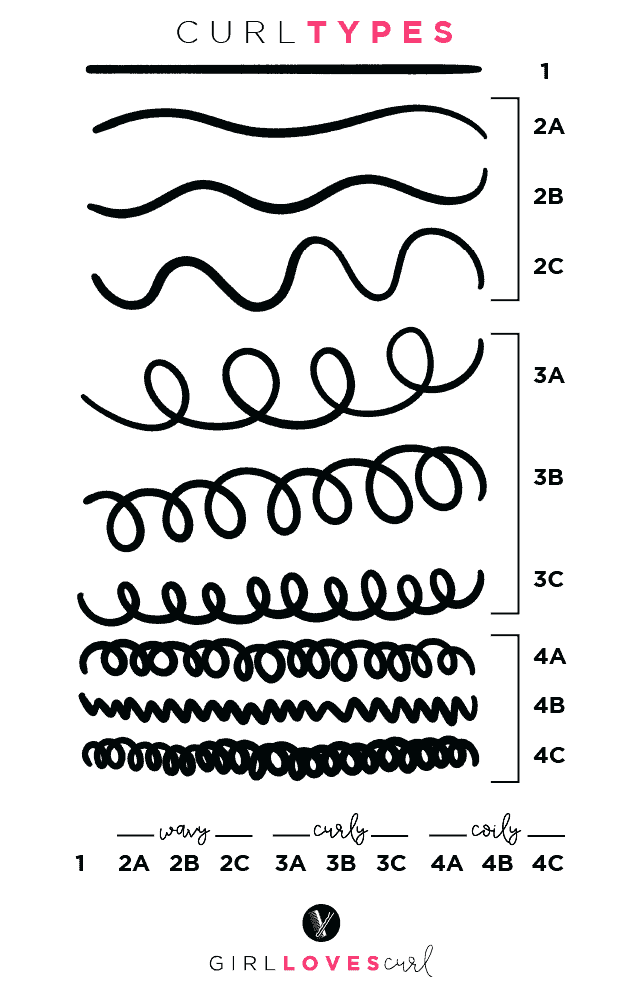
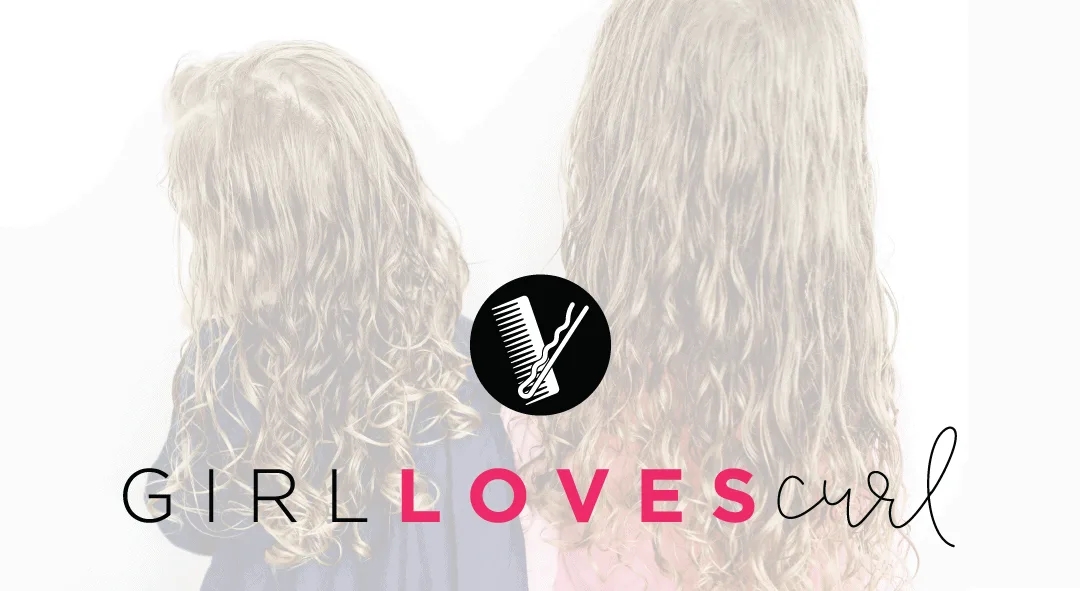
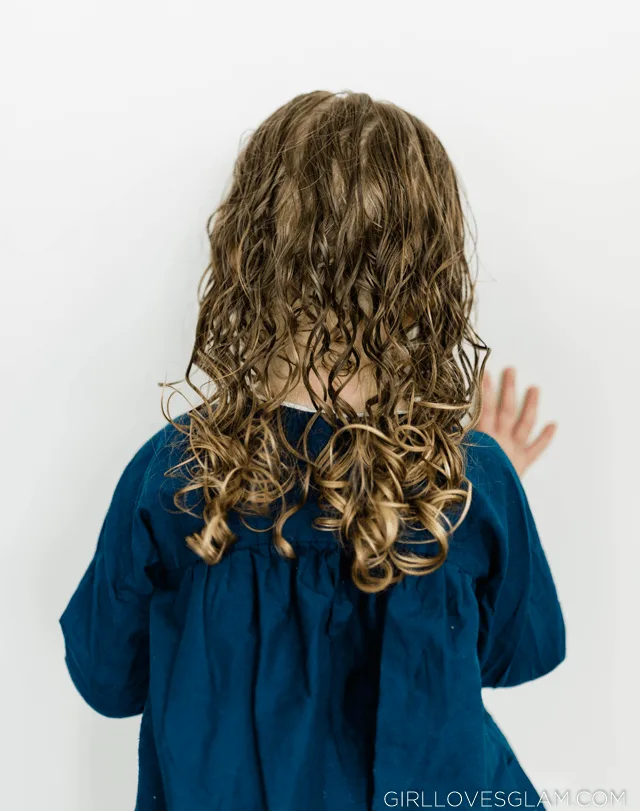
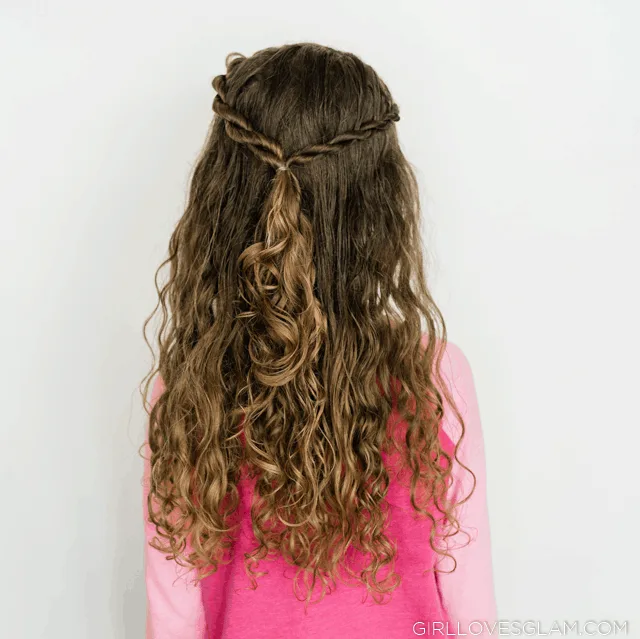
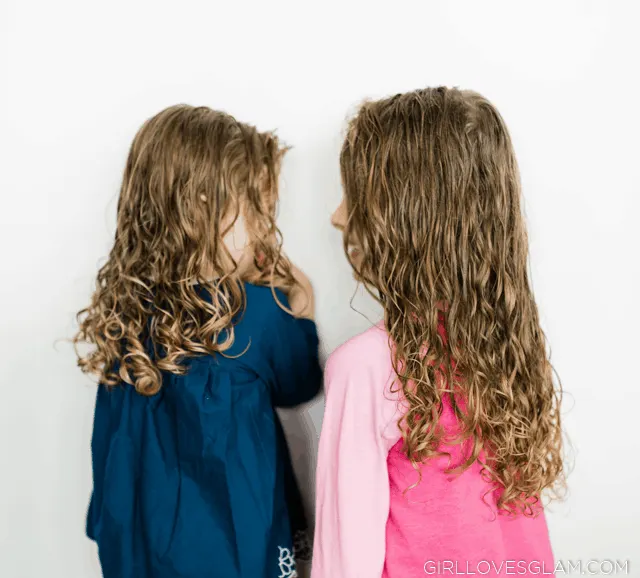
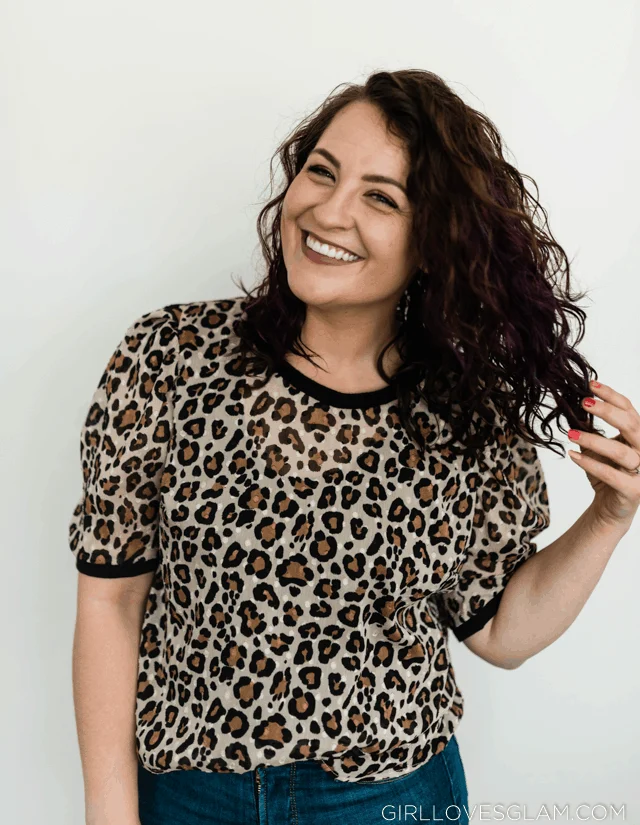
Nicola price
Thursday 16th of November 2023
My jair is fine in texture and strand but used to be a lot thinker in both. My is mainly 2a with some 1. My daughter is medium texture and strand with mainly 2b and c but round hair line and in her nape she is a 3a/3b.
Heather
Monday 8th of March 2021
Let's say my hair curls in a really stretched out ringlet, do you think that counts as a 2 or a 3? I thought I was a 2b or 2c but I might also have some 3a. Thank you for sharing your knowledge!